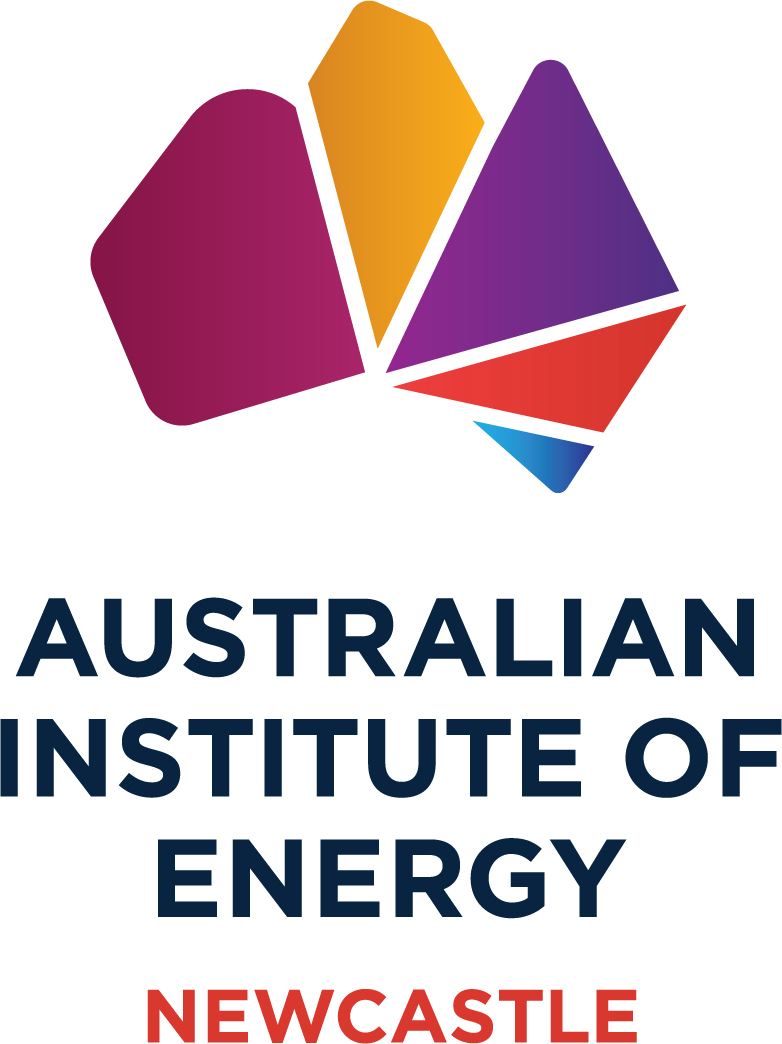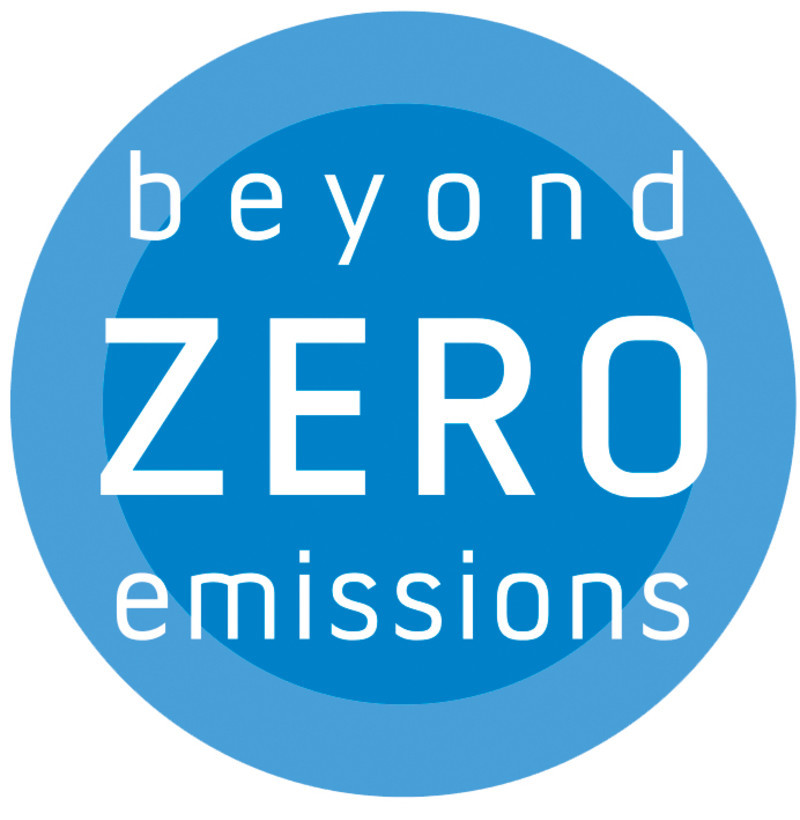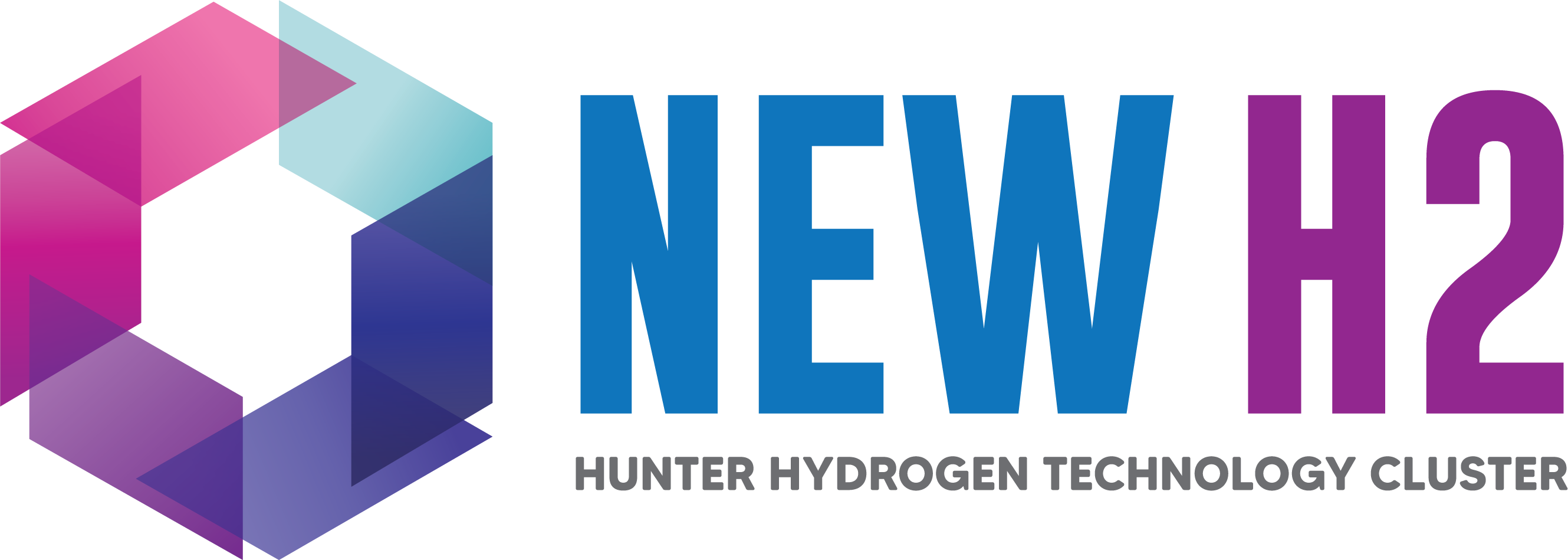ABS report shows generation from utility scale renewable sources has more than doubled since 2016
Total electricity generation has not changed significantly over the time period analysed, increasing only 2.5% since the 2016-17 financial year, however the mix of generation source has changed significantly over this time.

The Australian Bureau of Statistics (ABS) has released experimental estimates for the level of investment in utility scale renewable energy generating assets in the electricity generation, transmission and distribution sector from 2016 onwards.
Since 2017 there has been an increase in the level of investment in renewable generation and storage technology. In the 2016-17 financial year, the value of work done on renewable projects was $865.9m compared to $5.51b in 2021-22.
While the total power generated remained at a similar level over this period, generation from renewable sources has more than doubled. In 2016-17 energy generated from a renewable source accounted for 16% of all power generated, compared to 33.4% in 2021-22.
Investment in renewable generation has been impacted by various factors over the period highlighted. These include a changing regulatory environment, access to finance, grid capacity constraints and the COVID pandemic.
The generation data presented in this article has been sourced from Rystad Energy monthly generation data, which is a third-party data set compiled using AEMO (Australian Energy Market Operator) data. This data source contains data from the NEM (National Electricity Market) and WEM (Wholesale Electricity Market). It does not include generation data for NT and regional areas not connected to either of these markets.













